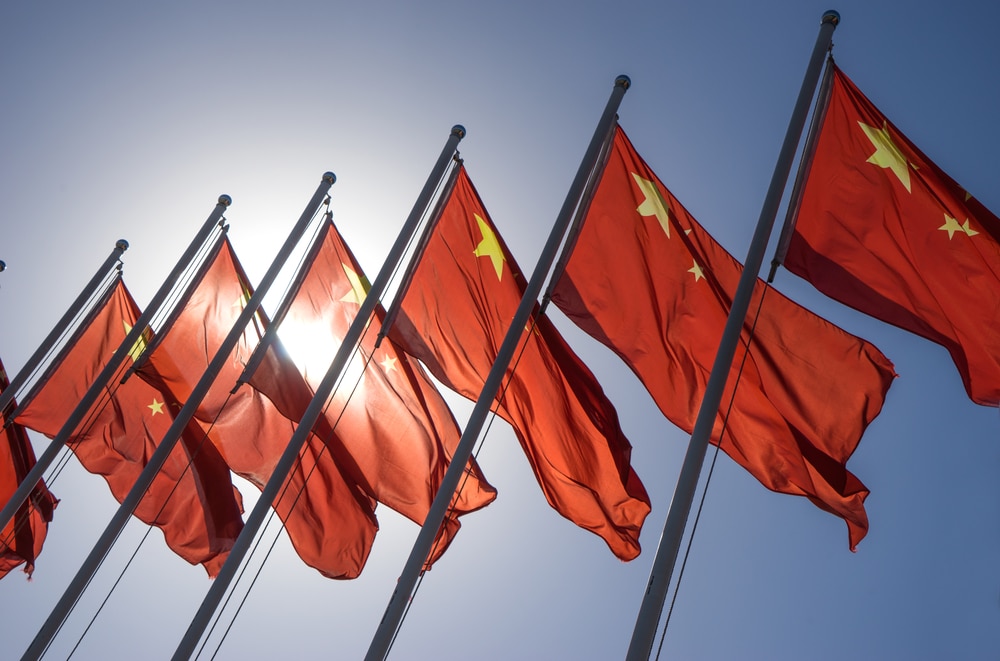The recent chart published by Apollo paints a stark picture: China’s working-age population (ages 15–59) is projected to decline from 893 million in 2025 to just 253 million by 2100. This represents a 72% drop within 75 years—one of the most severe demographic contractions in modern economic history. The implications of such a trend go far beyond simple population math: they threaten to undermine China’s core economic engine, reshape global investment flows, and destabilize the country’s long-term geopolitical influence.
From Demographic Peak to Long Descent: The Structural Crisis
Working-age populations form the productive backbone of any modern economy. They drive GDP through employment, consumption, taxation, and entrepreneurship. The data shows a structural shift: from 893 million in 2025 to 631 million by 2050, and eventually just 253 million by the end of the century. This is not a cyclical downturn—it’s a long-term demographic spiral. And even drastic policy shifts, like increasing birth incentives, are unlikely to reverse the trend in time to avert deep economic dislocation.
Economic Engines Under Pressure: Consumption, Investment, and Growth at Risk
China’s economic model has long relied on three key engines: domestic consumption, private investment, and export-driven industrialization. As the working population shrinks, all three come under threat. Fewer workers mean less aggregate demand and a smaller tax base. This puts fiscal pressure on the government, which must divert more resources to healthcare, pensions, and eldercare—at the expense of innovation, infrastructure, and R&D. The idea of a “middle-income trap” is now compounded by a “demographic trap” that could stall growth for decades.
Can Automation Fill the Gap? Not Fast Enough, Not Everywhere
One optimistic argument is that automation, robotics, and AI will compensate for the shrinking labor pool. Indeed, China leads the world in industrial robot purchases, and is rapidly digitizing sectors from logistics to manufacturing. However, the transition is uneven. Sectors like education, healthcare, construction, and retail remain heavily dependent on human labor. Moreover, automation demands capital, regulatory clarity, and advanced workforce training—resources that are not equally distributed across China’s vast interior. Even if production is maintained, a shrinking and aging population will weaken demand from the consumer side.
Geopolitical Shifts: From Demographic Advantage to Strategic Weakness
Demographics are not just about economics—they shape global power. China’s fading demographic dividend means it may soon lose its edge as the “factory of the world.” Younger and faster-growing nations such as India, Indonesia, Mexico, and Nigeria are already positioning themselves as the next global supply hubs. Capital flows are likely to follow the demographic trends, with investors seeking long-term growth in countries where the population is expanding, not contracting. As a result, China may find it increasingly difficult to sustain large-scale geopolitical initiatives like the Belt and Road without the economic dynamism to back them up.
Pro-Birth Policies Have Fallen Flat
Beijing has not been blind to the looming demographic cliff. The one-child policy has been abandoned, and couples are now encouraged to have up to three children. Yet cultural and economic realities have undermined the policy shift. Young families are deterred by high housing costs, long work hours, and the lack of childcare support. As a result, China’s fertility rate remains stuck around 1.1 births per woman—far below the 2.1 replacement level. The lag between policy and demographic recovery makes the problem nearly impossible to fix in the current generation.
Investors Take Note: China May No Longer Be the Growth Story of the Century
Global investors must adjust their models. China is no longer the sure bet it once was. For those heavily exposed to Chinese sovereign bonds, real estate, or equity ETFs, it is crucial to reassess the long-term fundamentals. Demographics are destiny—and China’s destiny now resembles Japan’s aging curve, only more extreme. Emerging markets with young, growing populations—India, the Philippines, Brazil, Nigeria—are likely to become the new epicenters of global demand, capital inflows, and innovation. China will remain an important player, but its dominance as an unstoppable economic force is no longer guaranteed.
Comparison, examination, and analysis between investment houses
Leave your details, and an expert from our team will get back to you as soon as possible
* This article, in whole or in part, does not contain any promise of investment returns, nor does it constitute professional advice to make investments in any particular field.
To read more about the full disclaimer, click here- orshu
- •
- 7 Min Read
- •
- ago 26 minutes
 THE AMERICAS MARKET CLOSES IN THE RED, DRIVEN BY BROADER SELL-OFF
THE AMERICAS MARKET CLOSES IN THE RED, DRIVEN BY BROADER SELL-OFF
The final trading session of the week for the Americas' markets saw a broad decline, as a wave of selling
- ago 26 minutes
- •
- 7 Min Read
The final trading session of the week for the Americas' markets saw a broad decline, as a wave of selling
- orshu
- •
- 6 Min Read
- •
- ago 2 hours
 U.S. Labor Market Weakens Sharply: Job Growth Disappoints, Prior Data Revised Down Heavily
U.S. Labor Market Weakens Sharply: Job Growth Disappoints, Prior Data Revised Down Heavily
The latest U.S. jobs report paints a troubling picture of the labor market's momentum. The economy added just 73,000 jobs in
- ago 2 hours
- •
- 6 Min Read
The latest U.S. jobs report paints a troubling picture of the labor market's momentum. The economy added just 73,000 jobs in
- orshu
- •
- 7 Min Read
- •
- ago 3 hours
 USA Rare Earth (USAR): A Strategic Bet on America’s Critical Mineral Independence
USA Rare Earth (USAR): A Strategic Bet on America’s Critical Mineral Independence
Initiation with a $16 Price Target — What's the Rationale? Cantor Fitzgerald has initiated coverage on USA Rare Earth (Ticker: USAR) with
- ago 3 hours
- •
- 7 Min Read
Initiation with a $16 Price Target — What's the Rationale? Cantor Fitzgerald has initiated coverage on USA Rare Earth (Ticker: USAR) with
- orshu
- •
- 6 Min Read
- •
- ago 3 hours
 ExxonMobil Q2 2025 Earnings: Operational Strength Amid Net Income Decline
ExxonMobil Q2 2025 Earnings: Operational Strength Amid Net Income Decline
ExxonMobil (NYSE: XOM) released its Q2 2025 earnings report, highlighting robust operational metrics and continued cost efficiencies, despite a notable
- ago 3 hours
- •
- 6 Min Read
ExxonMobil (NYSE: XOM) released its Q2 2025 earnings report, highlighting robust operational metrics and continued cost efficiencies, despite a notable












